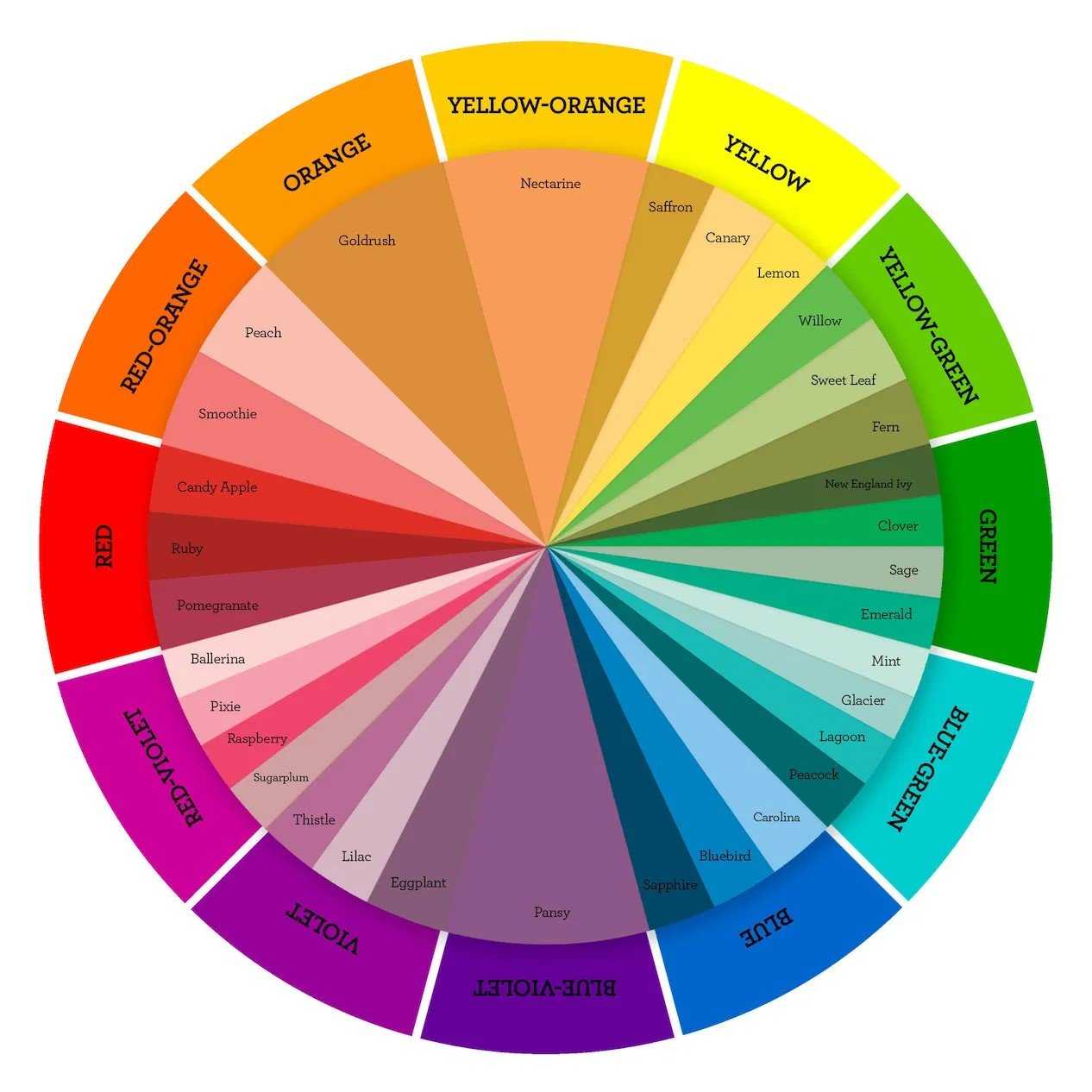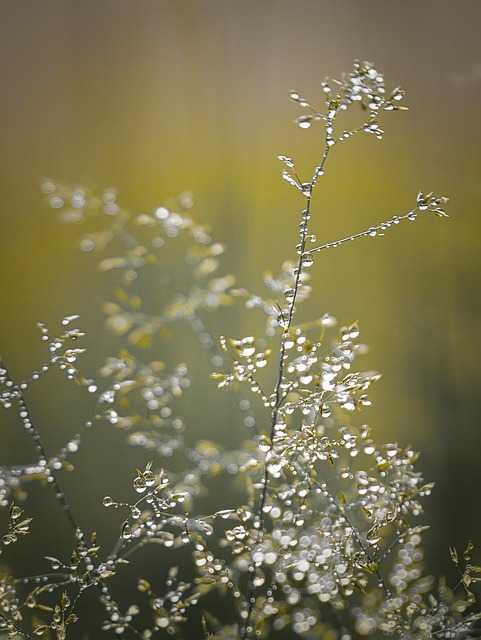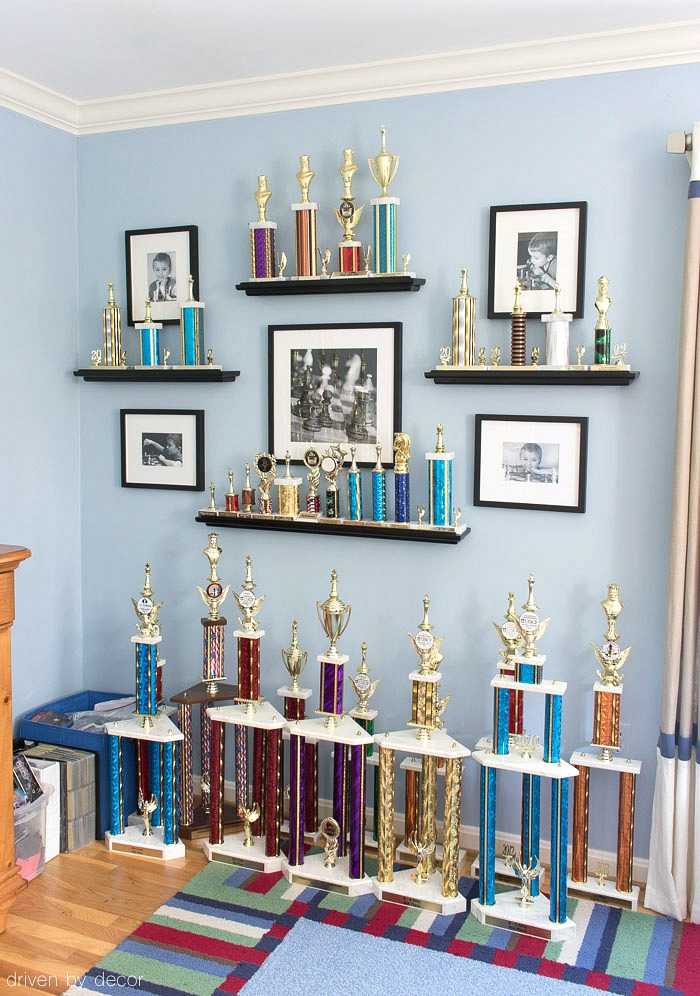Table of Contents
- Understanding the Color Palette for Sunset Paintings
- Techniques to Capture the Perfect Horizon Line
- Creating Depth and Atmosphere in Your Sunset Artwork
- Tips for Displaying and Preserving Your Sunset Paintings
- Q&A
- Wrapping Up


Understanding the Color Palette for Sunset Paintings
When it comes to creating stunning sunset paintings, understanding the underlying color palette is essential. Sunsets are characterized by their warm and rich hues, predominantly featuring shades of red, orange, pink, and violet. These colors evoke warmth and serenity, allowing artists to transport viewers into a tranquil evening scene. By incorporating various shades, you can create depth and dimension that mimic the fluid beauty of a sunset.
The blending of colors plays a pivotal role in achieving a realistic sunset. Consider the following categories when choosing your palette:
- Warm Colors: These include deep reds, vibrant oranges, and soft yellows. They are the cornerstone of any sunset painting, radiating warmth and emotion.
- Cool Colors: Adding purples, blues, and even hints of greens can create a harmonious balance. These cooler tones contrast beautifully with the warm hues, enhancing the overall effect.
- Neutrals: Incorporating whites, grays, and earthy tones can offer grounding elements to your artwork, allowing bright colors to pop without overwhelming the viewer.
Another technique to consider is the use of gradients and blending effects. Smooth transitions between colors can convey the natural progression of a sunset. For instance, a typical gradient may flow from a bright yellow at the horizon to a deep indigo at the sky’s zenith. Artists often utilize blending tools or their brush techniques to achieve this seamless diffusion of colors. Here’s a simple representation in table format:
| Color Category | Example Shades |
|---|---|
| Warm Colors | Crimson, Tangerine, Golden Yellow |
| Cool Colors | Lavender, Teal, Midnight Blue |
| Neutrals | Ivory, Slate Gray, Sand Beige |
the emotional resonance of your sunset painting can significantly be affected by the intensity and saturation of the colors you choose. For a dramatic sunset, opt for saturated, bold colors that capture the vibrancy of the moment. Conversely, for tranquil evening scenes, softer, muted tones can instill a sense of calm. Experimenting with various color combinations and intensities is key to discovering the unique sunset palette that resonates with your artistic vision.


Techniques to Capture the Perfect Horizon Line
Capturing the perfect horizon line in your sunset painting involves more than just placing a brush on canvas; it’s an art form that combines observation, technique, and a bit of experimentation. Begin by identifying the digestible space where the sky meets the land or water. Understanding the physical geography of your scene is crucial. Whether it’s a mountain range or a calm lake, ensure that your horizon line isn’t just a straight line – incorporate natural variances that reflect the landscape’s contours.
Consider the rule of thirds when framing your composition. By placing the horizon line either one-third or two-thirds up the canvas, you can create a more dynamic visual flow. This technique not only enhances the painting’s aesthetic appeal but also invites viewers to engage with the depth of the scene. If your focus is on the sky, raise the horizon line; if capturing reflections in water, lower it subtly to balance the elements.
Utilizing layering techniques is essential for a captivating sunset. Start with a background wash to represent the vastness of the sky. Gradually layer in darker hues and subtle highlights as the sunset evolves. Remember to experiment with blending methods; soft, circular strokes can mimic the gentle transition of colors, while firm strokes can emphasize distinct clouds or the sun breaking through. Take this opportunity to use colors like rich oranges, soft purples, and deep blues to establish mood.
Don’t shy away from incorporating foreground elements that lead the viewer’s eye toward the horizon. Adding silhouettes of trees, buildings, or hills can provide context and depth. Keep these elements slightly darker or less detailed, avoiding distractions from the main event—the breathtaking sunset. complete your masterpiece by assessing the balance between the foreground, horizon line, and sky, ensuring a harmonious integration of all aspects that draw the observer into the serenity of the sunset scene.


Creating Depth and Atmosphere in Your Sunset Artwork
To infuse your sunset artwork with richness, focusing on gradients and color transitions is vital. Start by layering hues that mimic the natural progression of light during sunset. Warm oranges, soft pinks, and deep purples should seamlessly blend into one another, creating a vibrant tapestry in the sky. Consider using a wet-on-wet technique to allow colors to merge fluidly, as this simulates the ethereal quality of dusk. Don’t shy away from using your palette knife or brush to create texture, letting the paint clump or graze across the canvas for liveliness.
Adding elements of foreground interest can significantly contribute to the depth of your piece. The sky could glow over silhouetted trees, mountains, or water bodies. Focus on contrasting figures, such as a darkened landscape, with the luminous backdrop. Baring details like gentle ripples in water or the roughness of tree bark creates a dialogue between your foreground and background, making the entire composition more engaging. To help visualize this, consider the following concepts:
- Layering: Include various levels of trees or hills to convey distance.
- Highlights: Use lighter shades or white to suggest light reflecting off surfaces.
- Shadows: Incorporate deeper tones to anchor elements and provide contrast.
Using atmospheric techniques is another way to create a three-dimensional feel in your sunset painting. Techniques like glazing can enhance the luminosity of colors, making them appear more vibrant and alive. While glazing, apply thin washes of transparent paint, allowing the underlayers to shine through. Additionally, aerial perspective can help differentiate foreground, middle ground, and background — softening distant objects while accentuating closer ones. This thoughtful arrangement imbues your sunset scene with an authentic sense of time and place, inviting viewers to step into the tranquil vistas you’ve crafted.


Tips for Displaying and Preserving Your Sunset Paintings
Once your sunset painting is completed, displaying it effectively can greatly enhance its beauty. Consider framing your artwork to provide a polished look. Natural wood frames often complement sunset hues beautifully, creating a warm and inviting atmosphere. Additionally, using matting can help highlight the colors in your painting while adding a layer of depth. Select a frame color that echoes the tones within your painting – think about hues resembling the sky at dusk or the warm shades of the sun.
Displaying your artwork in the right lighting is crucial. Avoid direct sunlight, which can fade colors over time, and opt for soft ambient lighting instead. Picture your painting in a cozy corner with warm LED lights that mimic the glow of sunset, emphasizing your painting’s vibrant shades. Additionally, consider using spotlighting techniques to draw attention to the artwork without overwhelming it, ensuring that the subtle intricacies of the sunset are not lost.
For those looking to preserve their paintings for future generations, it’s essential to consider protective coatings. Applying a clear varnish can shield your artwork from dust, moisture, and UV rays. Archival sprays are excellent for this purpose, providing a protective layer while maintaining color integrity. Make sure to allow the paint underneath to cure completely before applying any protective finish, following the manufacturer’s recommendations for the best results.
| Preservation Tip | Description |
|---|---|
| Frame with Glass | Use UV-protective glass to shield from harmful light. |
| Avoid Humidity | Keep your painting in a dry environment to prevent mold. |
| Regular Cleaning | Dust your painting gently with a soft cloth to maintain its vibrancy. |
